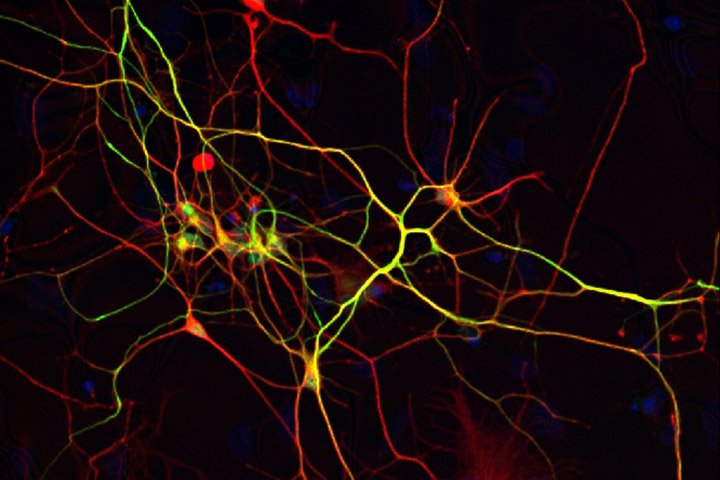Module 7 | Clinical Applications of Stem Cell Biology
Introduction and Learning Objectives:
Module 7 discusses how stem cell technologies can be leveraged for clinical applications. The module builds upon developmental biology concepts applied to stem cell differentiation, transdifferentiation, and direct reprogramming for therapeutic purposes. It reinforces the advantage of embryonic and adult stem cell technologies for in vitro and in vivo disease modeling. Specific examples are provided for stem cell applications, from using them to compare normal and pathological states to uncovering novel treatments to cell replacement therapies. Finally, students will be presented with an introduction to ethical, business, and legal frameworks related to stem cells.
At the conclusion of this module, students should be able to:
Define different methods for using stem cells to study and treat disease;
Distinguish disease modeling from cell replacement;
Compare the use of pluripotent or adult stem cell strategies to treat different disease scenarios;
Calculate potential risks of utilizing stem cells as a therapeutic strategy;
Formulate a workflow for how one would apply these techniques to a new disease;
Identify what tests must be completed before a new cell therapy can be considered for clinical application;
Debate whether there are some diseases for which cell replacement therapy would not work.
Core Concepts
Overview of clinical application of stem cell technologies
Pluripotent stem cell differentiation
Transdifferentiation and direct programming
Adult stem cell disease modeling and therapy
Stem cell therapy guidelines and clinical trials
Module 1 | Introduction to Stem Cell Biology
Module 2 | Introduction to Development
Module 3 | Pluripotency and Preprogramming in vitro
Module 4 | Adult Stem Cells and Regeneration
Module 5 | Directed Differentiation and Transdifferentitation
Module 6 | Leveraging Tools to Study Stem Cell Biology

